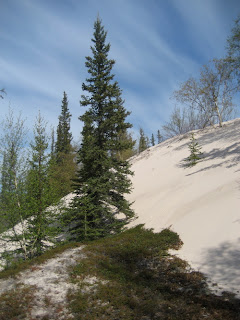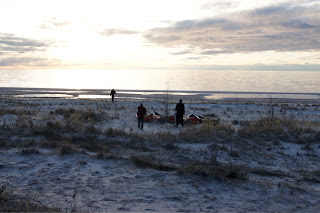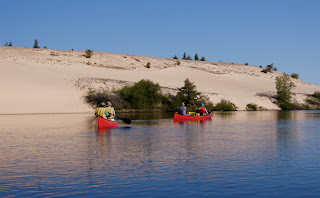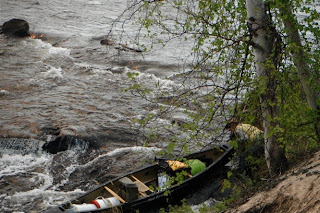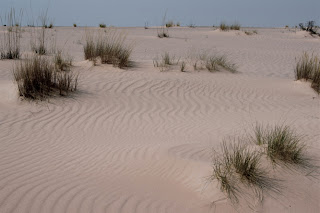
Thanks to everyone on the trip! You were collectively and individually phenomenal!
Thanks to everyone for hauling and carrying more that your share of the load. I hadn’t realized how restricting my hip and knee problems had become. I will work hard to improve my physical condition in the hope that I can do a future trip and do it as a full participant.
Thanks to Peter for all the planning, for the terrific gourmet coleslaw, the wine supply and for hauling my butt through many a boulder field.
Thanks to Bren for your good humour and your demonstration that old gals like us can still meet the challenges of a cranky river.
Thanks to John for your always astute reads of the river, your buttermilk bannock, your wisdom and your model of how to live with gusto.
Thanks to Ginny for being so energetic, for having an abundance of river savy and for being the diva of gourmet dehydrated food.
Thanks to Mike S for the pickerel, the lake trout, the GPS, the gourmet gorp and oatmeal, the beer and the Scotch and, of course, all the hard physical work.
Thanks to Mike L for being a solid rock in all circumstance, for the great photos, for supplying needed brawn and for taking care of that daughter of mine.
Thanks to Kate and Tim for being the wonderful mature and talented young adults that you have become – physically and mentally tough, adept at rapids, living in the bush and tracking and sharing your knowledge with others. You are both truly fantastic.
To the youngest member of our crew, thank you for letting your mom come. I hope that one day you will see this blog in some form and have a new understanding of your first truly wilderness experience and of what a tough cookie that mother of yours really is.











